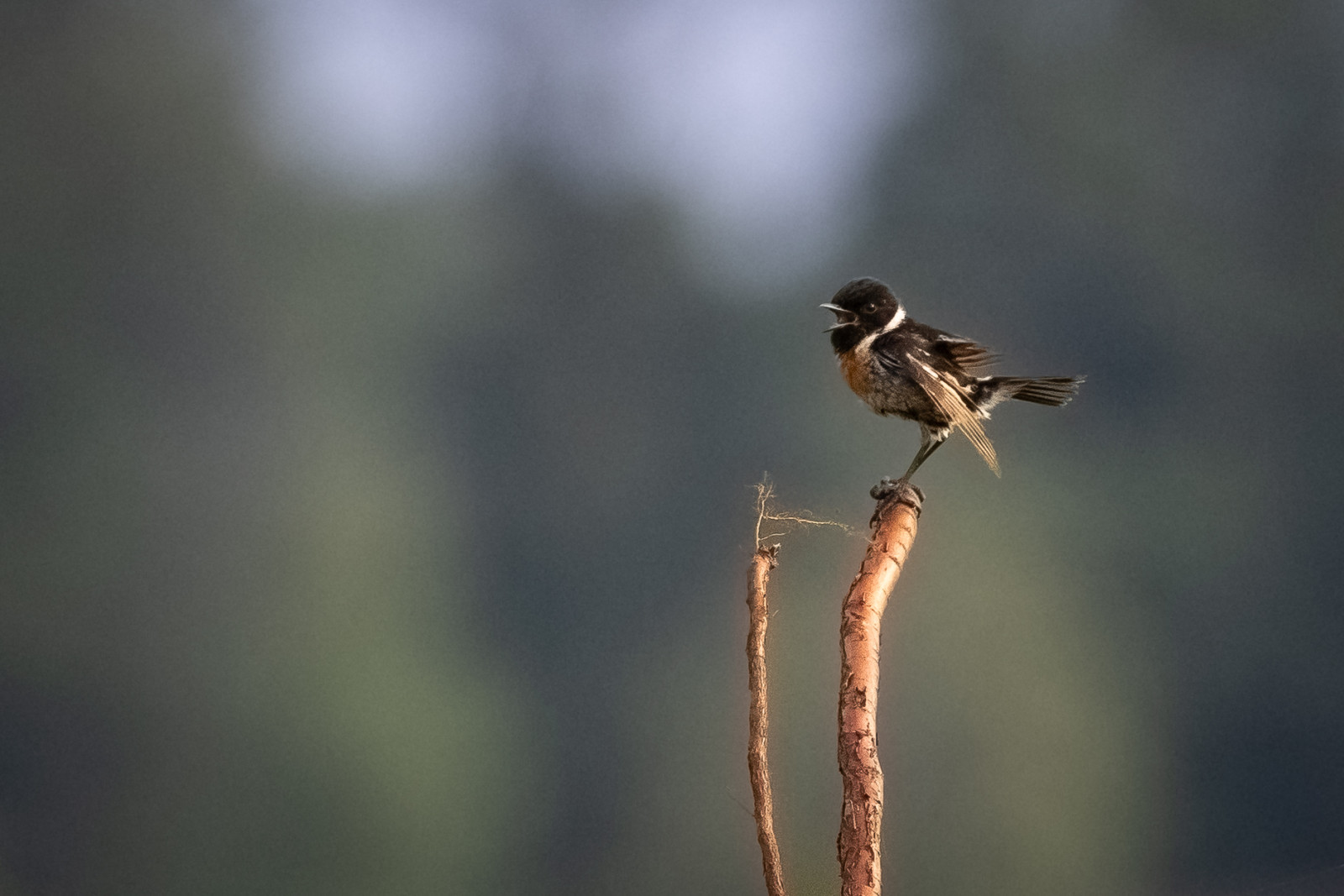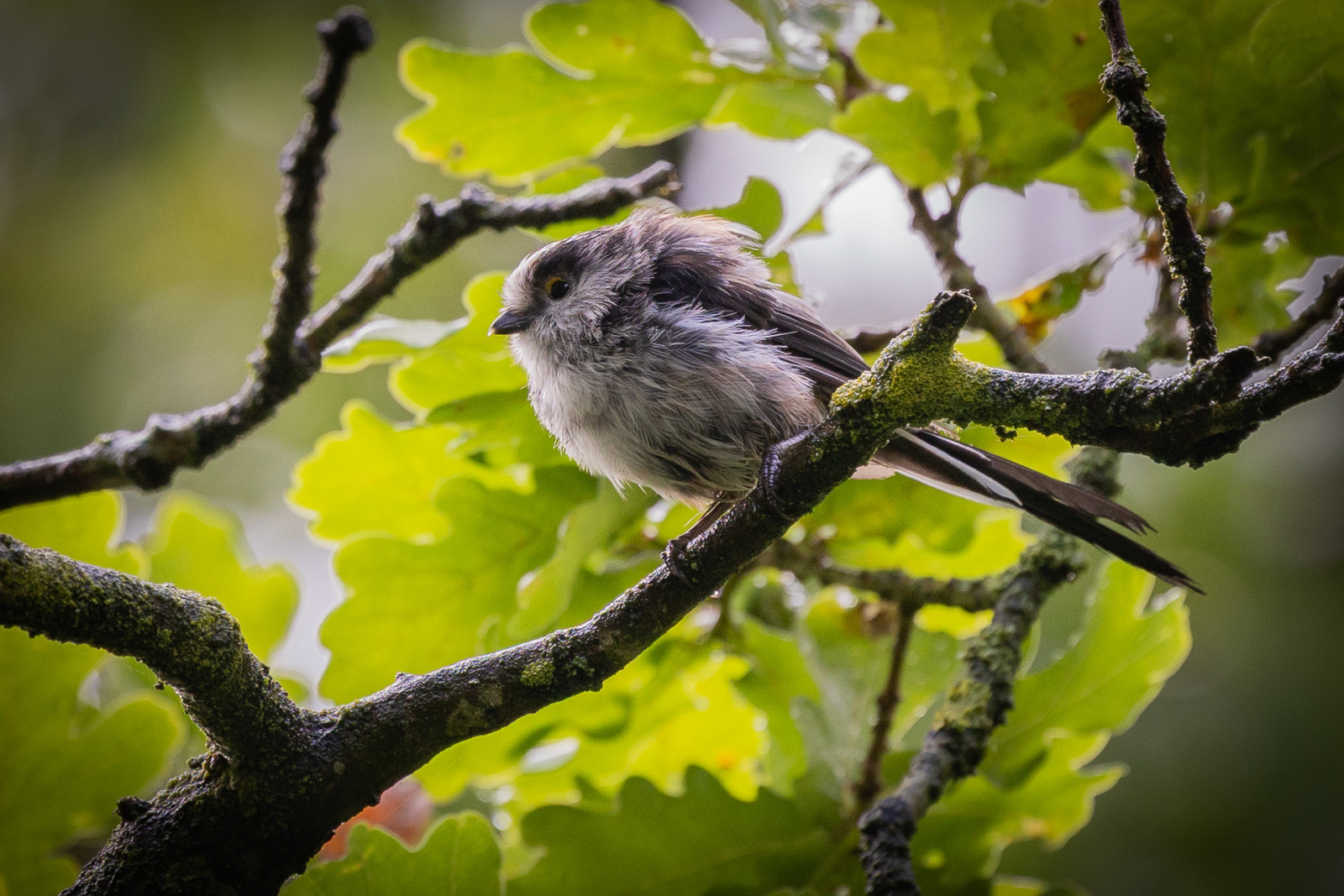Descrizione
The central part on flemish side is heathland with several fens. In the north there are some old agricultural fields which attract some Cavaliere d'Italia and at the edges there are large tracts of mostly pineforests.
In winter, there are less birds, but Averla maggiore is one of the main targets, together with Albanella reale, Crociere comune and on the fens Quattrocchi. Larger groups of mostly Oca lombardella are foraging in the northern area. Spring starts early in february with the singing Tottavilla, which is very common and continues with other birds which are here still very common like Prispolone, Codirosso, Cuculo, Pigliamosche, Succiacapre, etc. On migration Merlo dal collare, Culbianco and Stiaccino are common, Cicogna nera, Nibbio reale, Calandro and Torcicolloare uncommon but there are several yearly. It is one of the better areas to find the rare Falco cuculo which is almost a yearly visitor. In the forest itself Picchio nero and Frosone is quite easy to find Falco pecchiaiolo and Beccaccia(most easy in winter) are present but not always obvious. If the water level is sufficiently high in the northern area small amounts of stilts like Combattente, Totano moro, Pittima reale turn up and sometimes more interesting species like Gambecchio nano or Piovanello comune.
_________________________
Nederlands: De Kalmthoutse heide is een van de grootste natuurgebieden van Vlaanderen en is met een oppervlakte van 6.000 ha een van de grootste stukken overgebleven heide. Het centrale deel aan Vlaamse zijde is heide met meerdere vennen. In het noorden zijn er enkele oude landbouwvelden die Cavaliere d'Italia aantrekken en aan de randen zijn er grote stukken met voornamelijk dennenbossen.
In de winter zijn er minder vogels, maar Averla maggiore is een van de hoofddoelen, samen met Albanella reale, Crociere comune en op de vennen Quattrocchi. Grotere groepen van voornamelijk Oca lombardella foerageren in het noordelijke gebied. De lente begint vroeg in februari met het zingen van Tottavilla, wat heel gewoon is en doorgaat met andere vogels die hier nog steeds heel gewoon zijn zoals Prispolone, Codirosso, Cuculo, Pigliamosche, Succiacapre, etc. Tijdens de trektijd kiomen Merlo dal collare, Culbianco en Stiaccino vaak voor. Cicogna nera, Nibbio reale, Calandro en Torcicollo zijn zeldzaam, maar er zijn er meerdere per jaar. Het is een van de betere gebieden om de zeldzame Falco cuculo te vinden die bijna jaarlijks te zien is. In het bos zelf zijn Picchio nero en Frosone vrij gemakkelijk te vinden. Falco pecchiaiolo en Beccaccia (deze laatste meest makkelijk in de winter) aanwezig maar niet altijd even duidelijk. Als het waterpeil in het noordelijke gebied voldoende hoog is, komen er kleine hoeveelheden steltlopers zoals Combattente, Totano moro, Pittima reale en soms interessantere soorten zoals Gambecchio nano of Piovanello comune op het gebied af.
Dettagli
Accesso
The area is only accessible on foot, car parkings are present around the area. During breeding season some trails are closed, this is clearly indicated so please respect these restrictions. The route shown on the map is 10 km.
_________________________
Nederlands: Het gebied is alleen te voet bereikbaar. Er zijn parkeerplaatsen rondom het gebied aanwezig. Tijdens het broedseizoen zijn sommige paden gesloten, dit staat duidelijk aangegeven dus respecteer deze beperkingen. De op de kaart getoonde route is 10 km.




